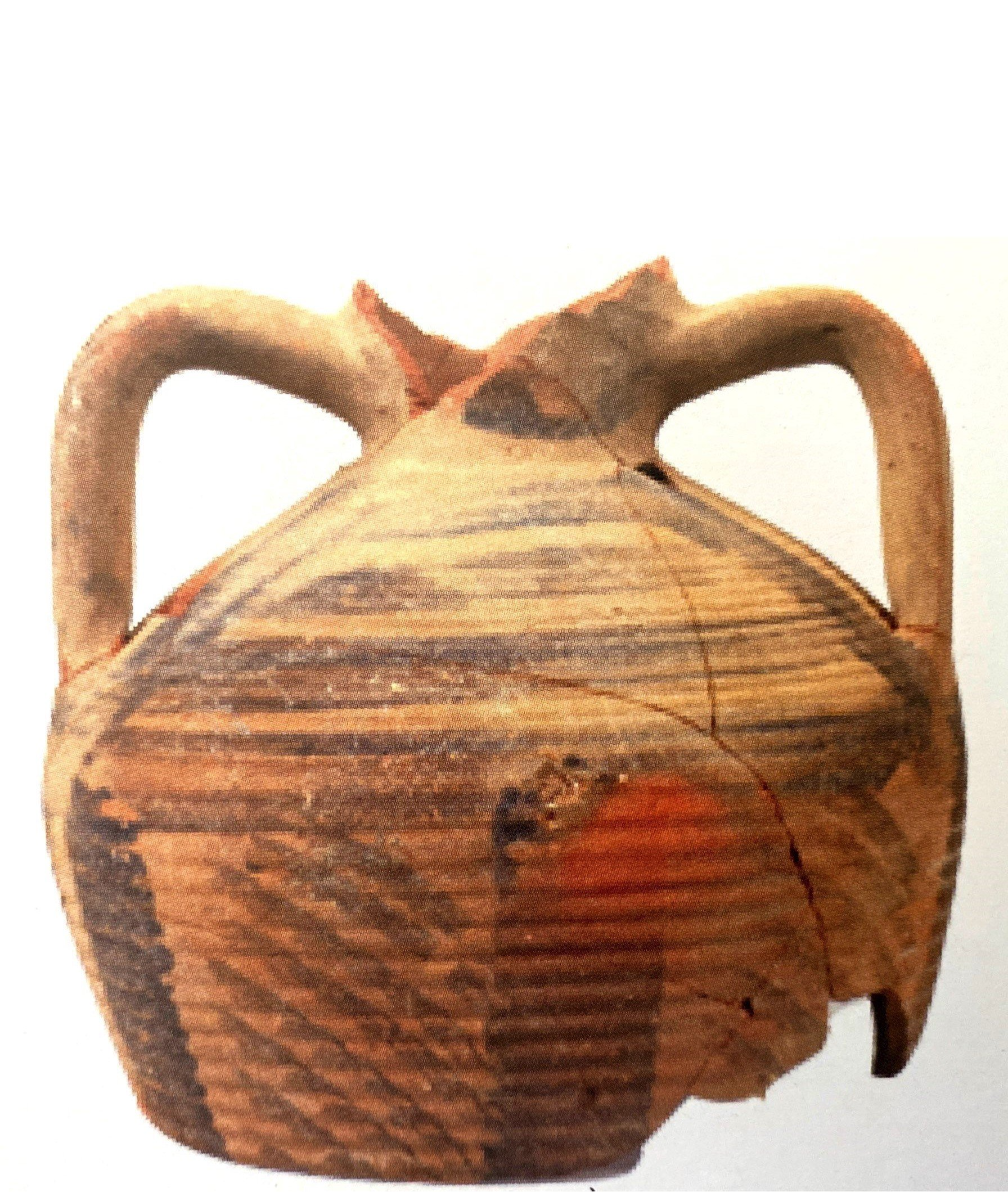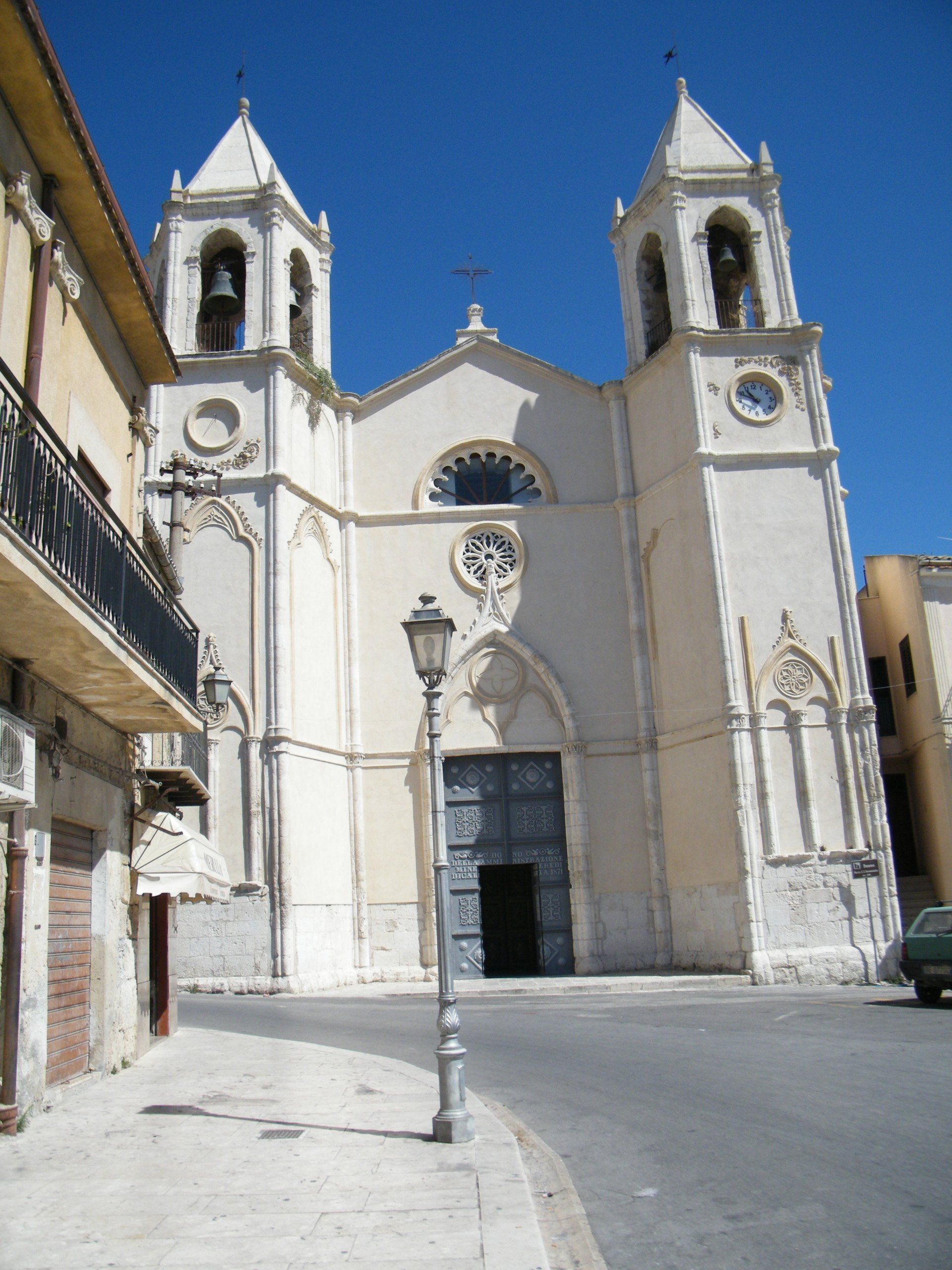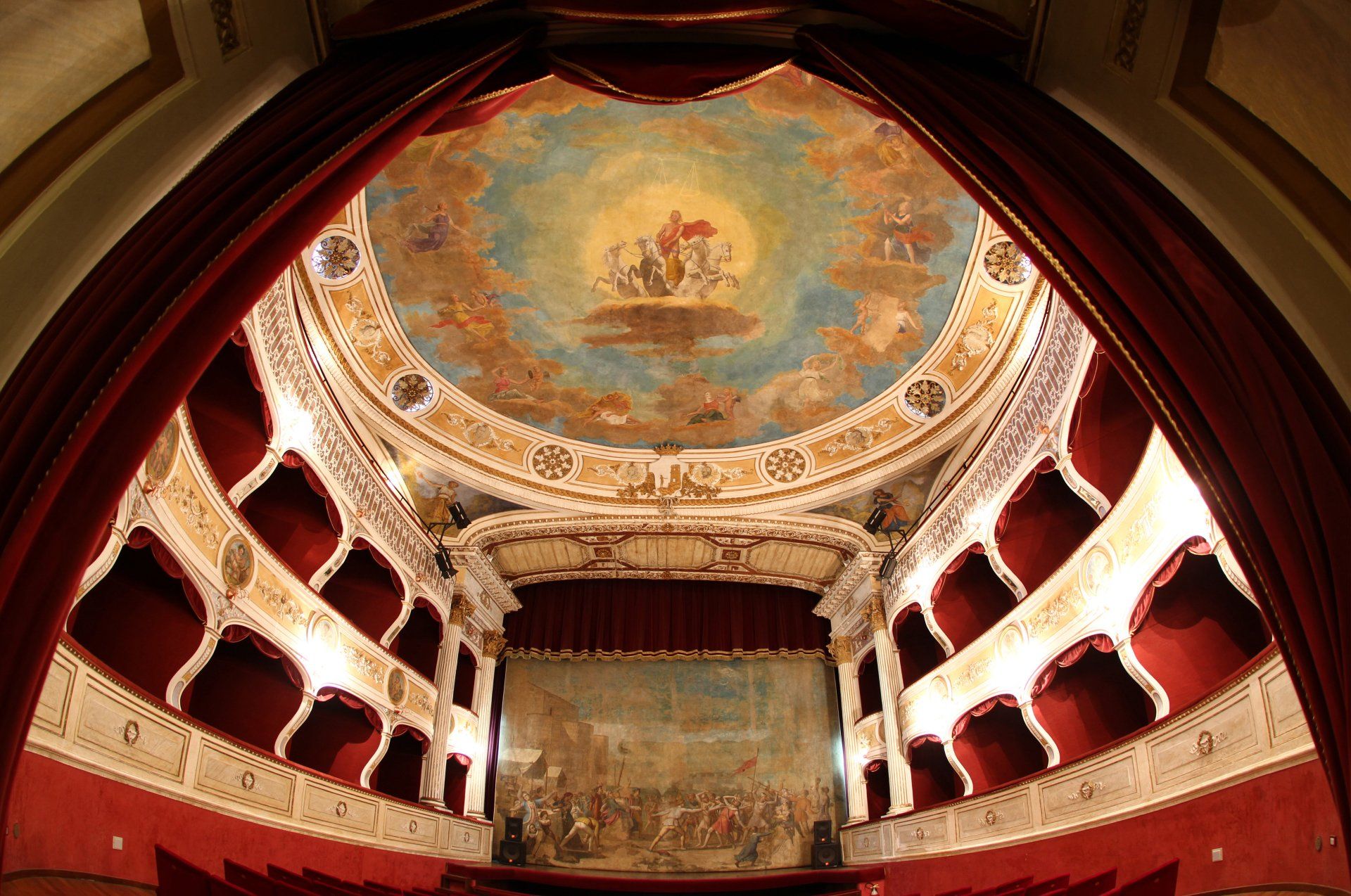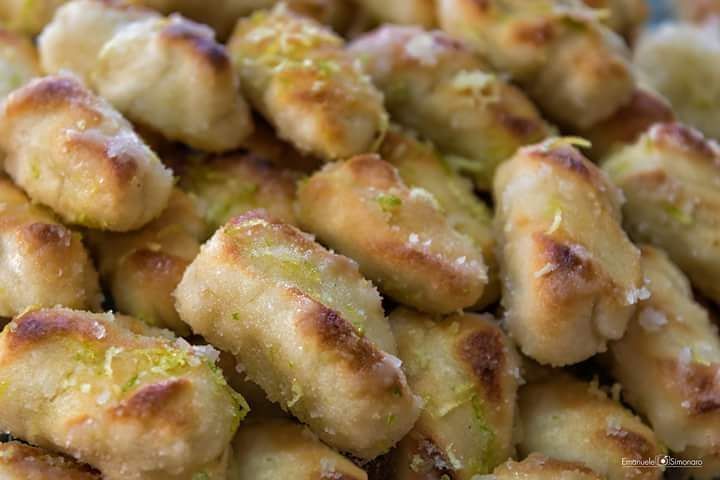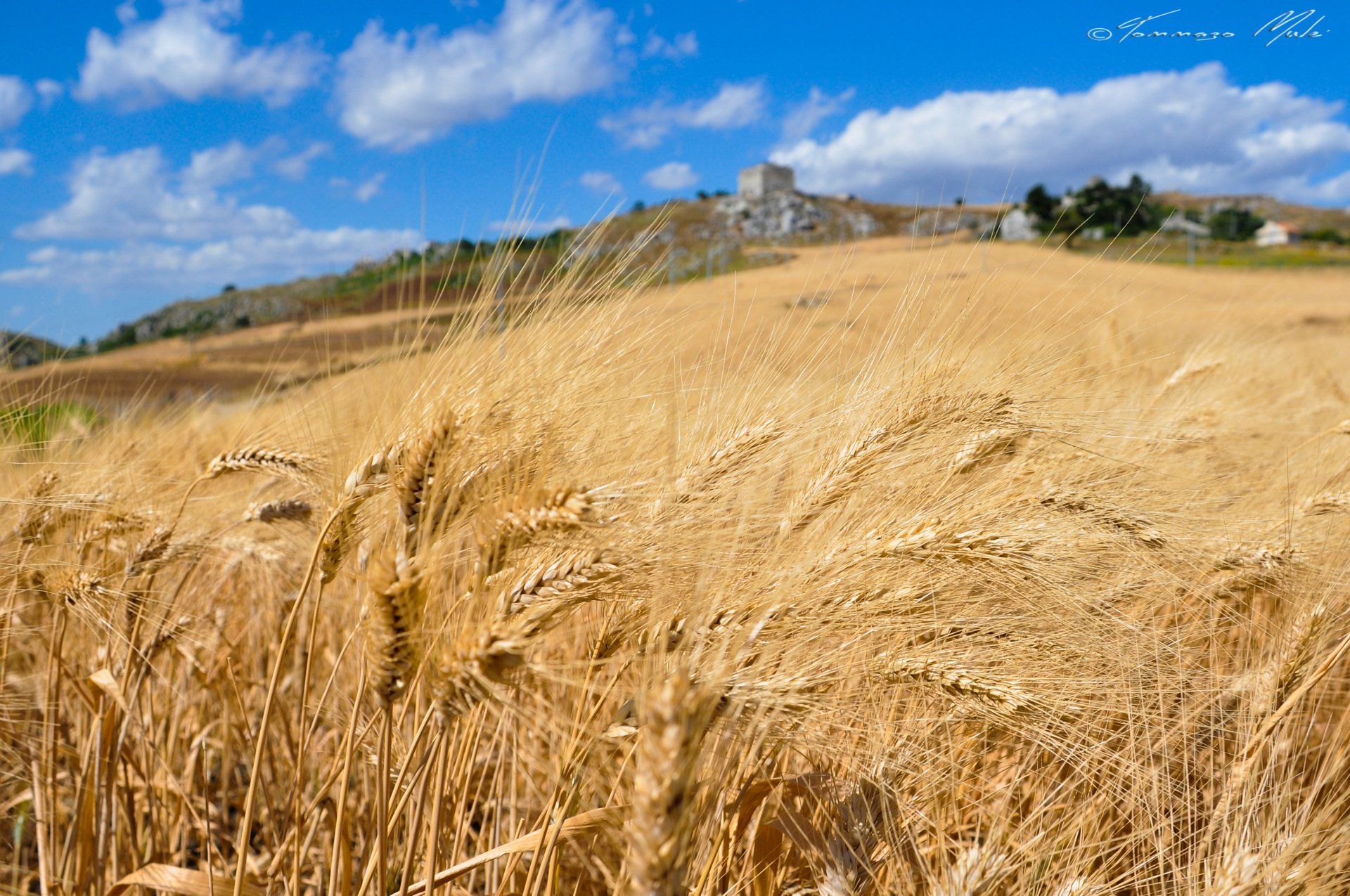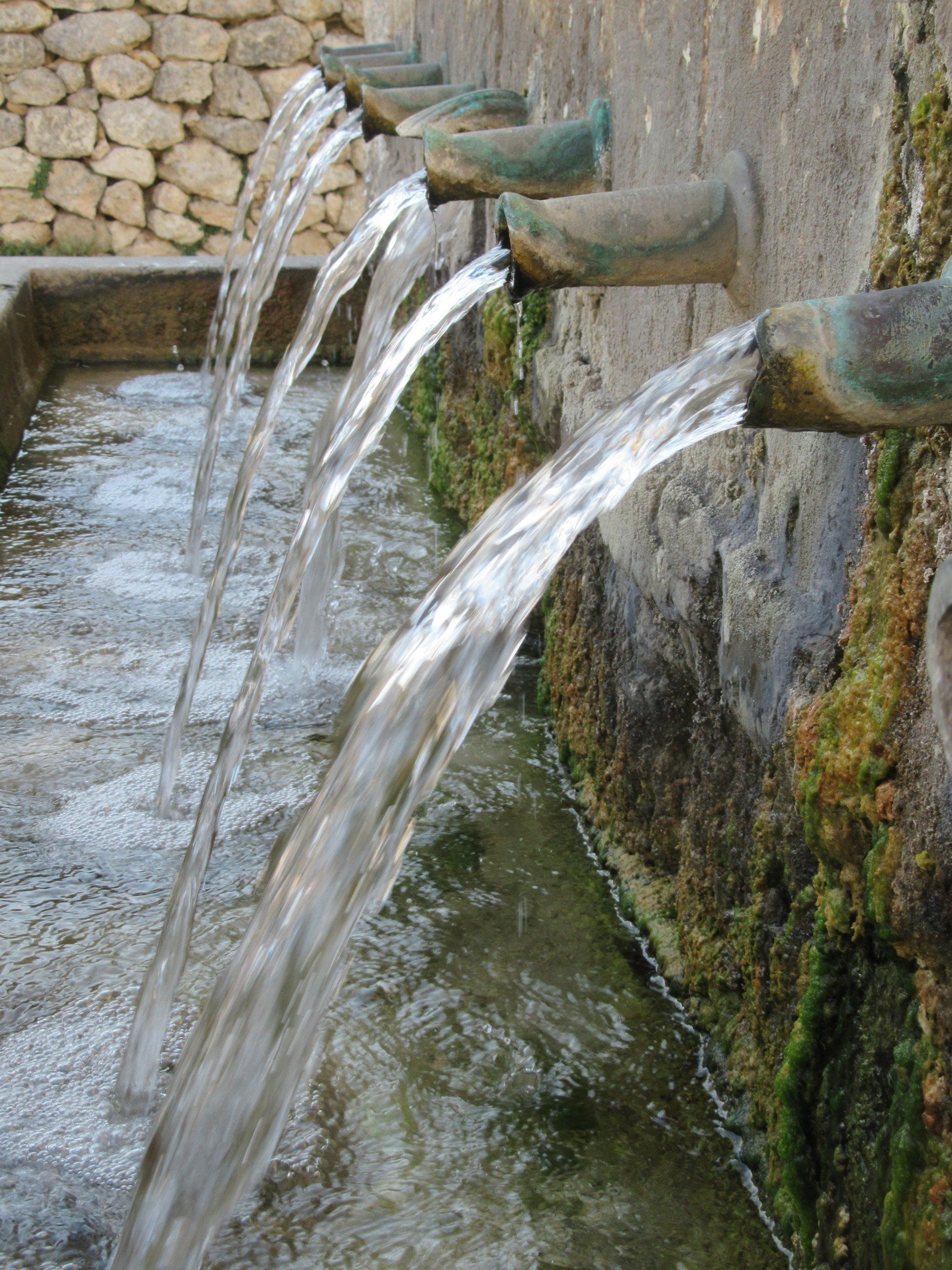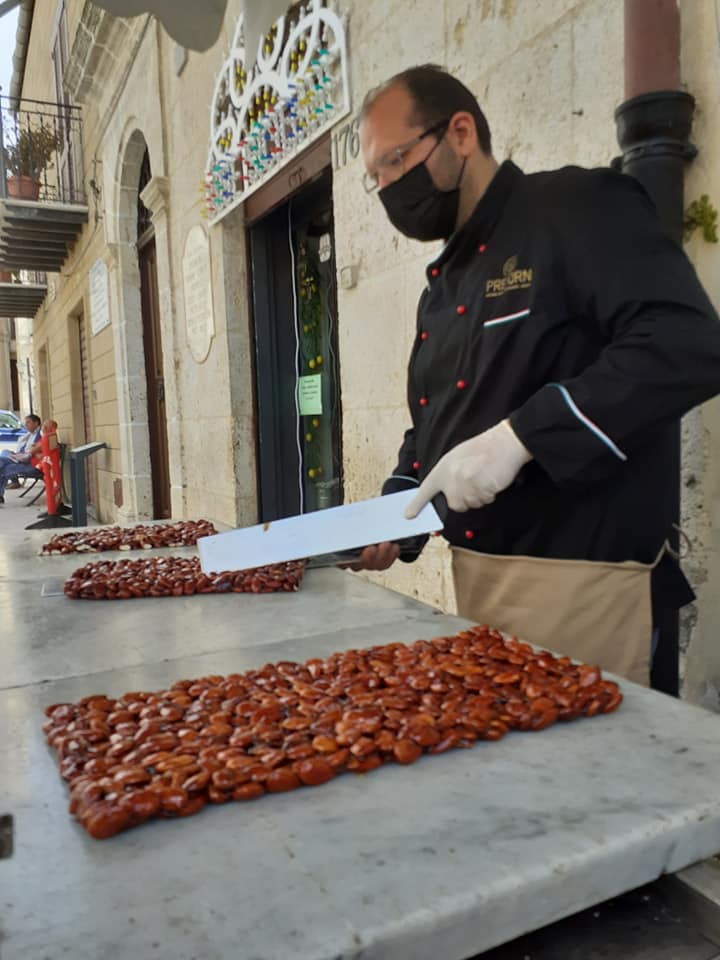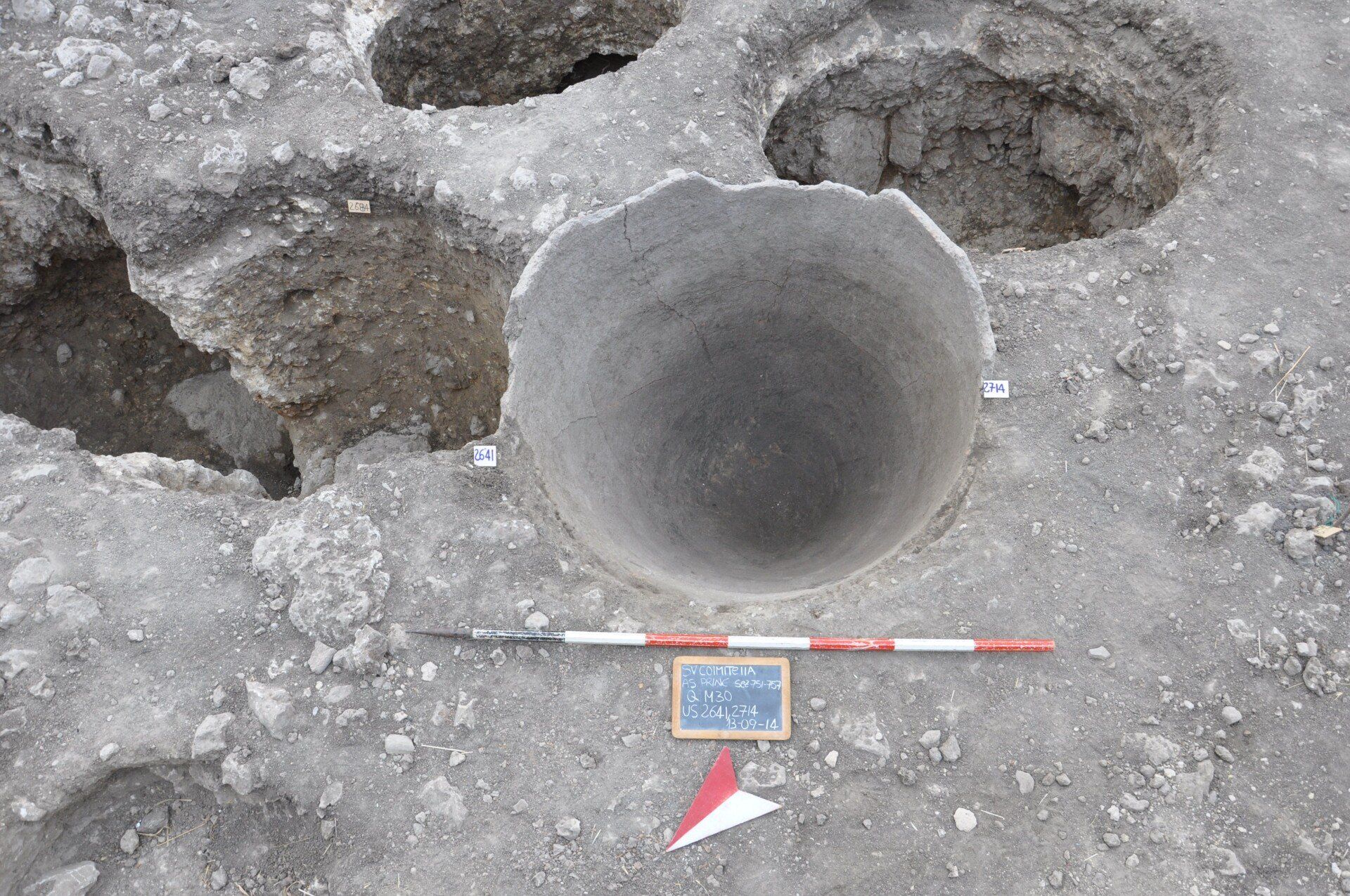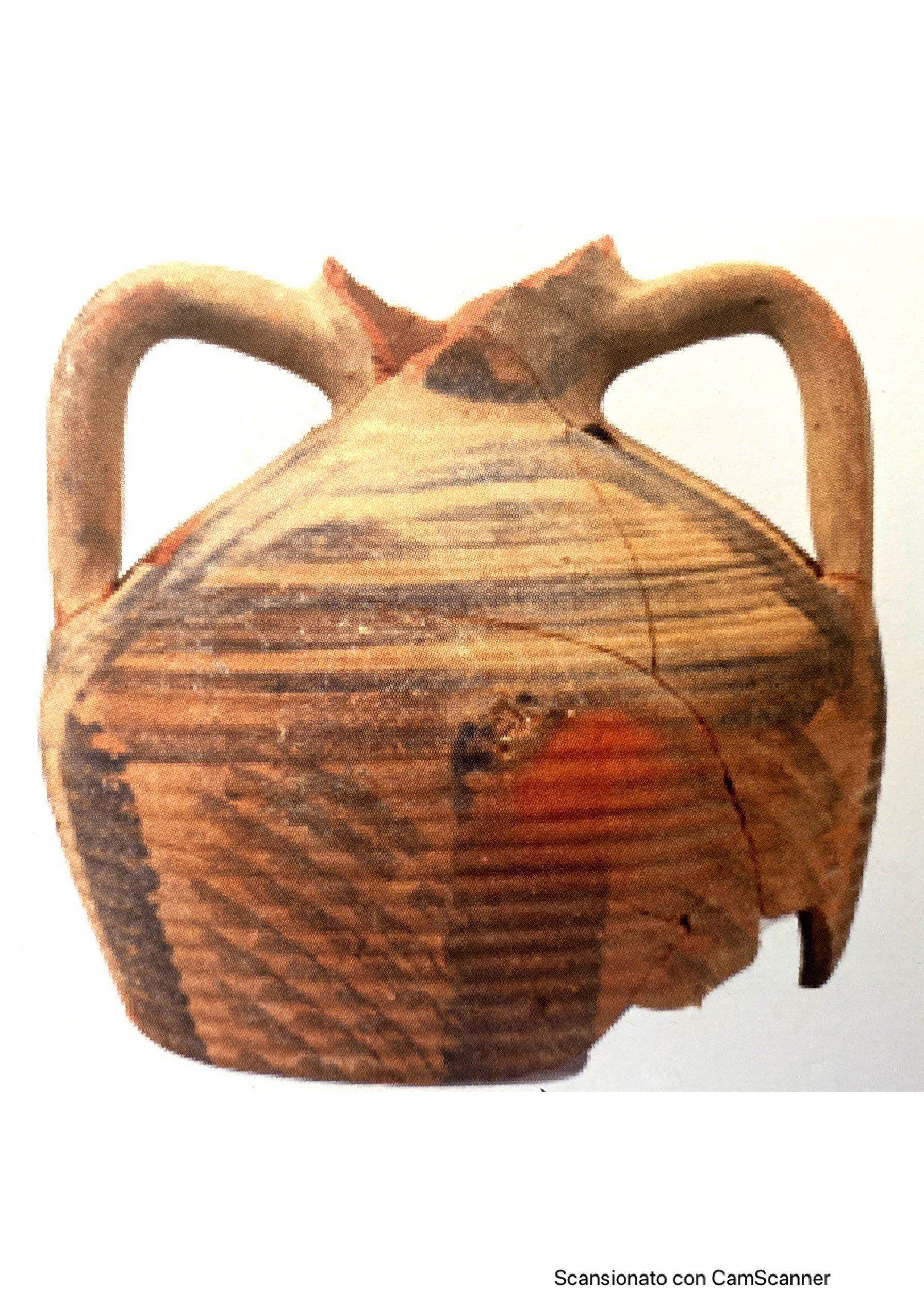Consorzio Turistico
Racalmuto
In Racalmuto time seems to have stopped. Its monuments, churches, fountains and narrow streets of the historic center turn a simple walk into a fantastic blast from the past
DISCOVER RACALMUTO
The ancient age
The history of Racalmuto begins long ago as evidenced by the findings and archaeological sites scattered throughout the municipality. One of the oldest is the site of the "Grotte di Fra 'Diego". It is a necropolis consisting of a series of artificial cave tombs with a rectangular entrance and a chamber with a sub-circular section. The burials are arranged side by side (fig. 1), those located in the central part of the rocky ridge are served by a path that could be interpreted as a sort of sacred road. Other burials are located at a lower level and it is probable that they will be reused as arcosoli in Roman times. The absence of archaeological excavations does not allow to establish with certainty the age of the necropolis, but the technical characteristics of the burials are typical of the Sicilian indigenous tradition of the second millennium BC. unearthed wall structures that suggest the presence of a late antique villa. Not far from this there are burials with bisome niches, belonging to the Roman - Byzantine period, dug into the rock. The site of Casalvecchio can be traced back to Roman times, which most likely arose from the exploitation of sulfur, as evidenced by the fragments found of tabulae sulphuris (fig. 2). Recently, on the occasion of the doubling works of the SS640 Agrigento-Caltanissetta, the Superintendency of Agrigento conducted archaeological research in the Colmitella district. The excavation campaign, which lasted several years, brought to light a village whose frequentation goes from the end of the 7th to the beginning of the 13th century. The site was investigated for an area of about 3000 square meters, in which an articulated storage system for agricultural commodities was found, both inside pits dug into the rock and in large clay containers still in situ (figs. 3, 4 ). After being abandoned, the pits were reused in ancient times as landfills, inside which many archaeological finds have accumulated (fig. 5). In some of them, bones of animals such as wild boars, rabbits and cattle have been found with signs of slaughter that testify to a marginal role of hunting activities, while breeding seems to have had greater importance. n other cases, the presence of osteological remains without signs of slaughter, belonging to cattle or animals extinct in the area, such as deer, is not clear. Paleobotanical analyzes made it possible to reconstruct the surrounding flora, mainly composed of woods. Therefore, archaeological research provides us with the image of a village immersed in a landscape characterized by woods and scrubland, with some areas dedicated to the cultivation of cereals as attested by the numerous grain pits. Some of them have also been reused as pit tombs. In the site were found wall structures relevant to environments intended for the processing of agricultural products. In one of these an important seal was found with an inscription bearing the name of an Antiochos notarios, datable to the eighth century. AD (fig. 6). There are also housing structures with ovens for food preparation, amphorae for transporting liquids and dolia for storing foodstuffs (fig. 7). The village of Colmitella is of considerable importance as it is one of the few Sicilian sites, dating back to the Middle Ages, which have been archaeologically investigated for such a large extent. The excavation data are being studied by the Superintendency of Agrigento and will not fail to expand the knowledge on this period of Sicilian history. Texts and photos: Dr. Domenico Romano, Archaeologist
History
The Racalmuto plateau was formed around 5 million years ago by the chalky-sulphurous evaporation of the Caltanissetta pit. The good soils formed will host dense forests of holm oaks, downy oaks, cork oaks. The dwarf elephant grazed there. Remarkable traces of human presences from the prehistoric period in the sites of Fra 'Décu, Cienzu, Griddretta, Gianfilippo, Garamuli. The Greek colonization continued the agricultural exploitation of the territory removed from the forest, intensified during the Roman period which saw the rise of new villages with a high standard of living. African ceramics, glasses and wine amphorae testify to the high production of wheat and oil and wine. At Serrone-Roveto, the large Licata-Madonie transhumance trail and the Agrigento trazera directed towards the cereal area met. Roman sites: Garamuli, Menta, Curmiteddra, Xiumeti, Roveto, La Turri, Troiana. A good part of our territory must have been part of the Cosconiana mass. In the first centuries of the empire, various imperial sulfur mines were active by wealthy gabelloti. The Roman family of the Annii was present in the area, as attested by the tabulae sulphuris. The Byzantine period (535-827) saw the immigration of troglodyte people of the Greek rite headed by Constantinople. The Roveto village was still active as evidenced by the small burial ground of Le Grotticelle, while the Troiana village returned a gold treasure of over 200 coins. After the Arab conquest, 827, the dense trazzeral network was reborn, a sign of the agricultural revolution following the subdivision of the estates. The rahals, post and refreshment stations, arose along the main roads. The Rahal Mut, located in the current Madonna della Rocca district, with a medieval layout with courtyards and small gardens, gave its name to our Racalmuto. Many uses and customs remain from the period, including pasta, pizza, fruit, vegetables, the irrigation system and the mills of the Raffu valley. Little is known about the Norman period, except that the Roveto-Serrone, at Minsciàr, was still inhabited by a Byzantine population and the first narration of the popular legend of the birth of St. Rosalia. The fertile territory was exploited by the Swabians who built the town castle, with its mighty towers and that of Mount Castelluccio (Gibillina). In 1208 the first church in the world dedicated to St. Rosalia was built. The convent of S. Francesco should be dated as having been built at the beginning of the 14th century. With the Aragonese, from the fourteenth century, Racalmuto is under the lordship of the Chiaramonte, followed by the Del Carretto who held it as a fief for four centuries, until the early eighteenth century. In the seventeenth century the painter Pietro D'Asaro and the doctor Marco Antonio Alaimo, eradicator of the plague of Palermo in 1624 live. In 1622 Count Girolamo II Del Carretto was killed, on the balcony between the towers of the Castle. He rests embalmed in the red sarcophagus of the Carmine church. In 1625 the widow Countess Beatrice, of the Marquis of Geraci, obtained the relics of St. Rosalia who was proclaimed patroness. In the middle of the century, the heretic Fra Diego La Matina and Count Giovanni V Del Carretto were executed in Palermo. In the meantime, the town has grown in population and buildings over the course of these centuries. The convents of S. Giovanni di Dio, S. Chiara, Collegio di Maria, and outside those of S. Giuliano, Carmine, S. Maria di Gesù are born. The churches of S. Sebastiano, M. SS Annunziata date back to the seventeenth century. , the Matrix, M. SS. dell'Odigitria, S. Giuseppe, S. Michele and S. Chiara. The Sanctuary of M. SS. del Monte, and the churches of S. Giuseppe, S. Anna. The reopening of the sulfur mines in the eighteenth century created the wealth of the Borgese who built their urban palaces in the nineteenth century: Matrona, Savatteri, Grillo, Sferrazza, Nalbone, Messana, Matina, Tulumello and the suburban villas: Bartolotta, Matrona, Nalbone, Mantia, Bonomo , etc. After the unification of Italy the young liberals, Matrona, Alaimo, Savatteri, modernized the town with public works: the paving of the Corso, the town hall formerly a convent of the Poor Clares, the Theater, the Railway, the Slaughterhouse. The closure of the sulfur mines in the 1970s caused an economic and demographic crisis from which the country has not yet recovered. Ing. Angelo Cutaia, Historian




